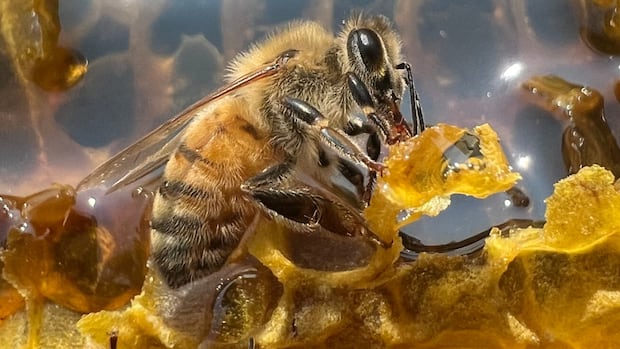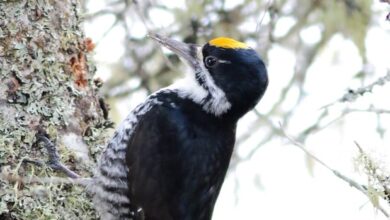Alberta’s plans to control wild horse population not backed by science, advocates say

Wild Horses in Alberta’s Rocky Mountain Foothills Face Population Control Measures
Maverick, Radar, and White Spirit are beloved among equine enthusiasts around the world, known for galloping through the confines of the Rocky Mountain foothills near Sundre, Alta. Joanne King, a retired teacher who lives in the area, describes these wild horses as her world. She frequently goes out to photograph them, interact with them from a distance, and shares their stories with thousands of followers on social media.
However, the future of Maverick, Radar, and White Spirit is now in jeopardy as the Alberta government has announced plans to control the wild horse population. Wildlife advocates argue that the proposed measures lack scientific backing, set arbitrary population thresholds, and are primarily aimed at appeasing the cattle industry. On the other hand, the province states that population control is necessary to protect the landscape and other grazing animals.
Forestry Minister Todd Loewen revealed that a population count, set to begin later this month, will determine if the wild horse population has exceeded management thresholds. If so, 30 horses will be selected for adoption, and up to 90 will receive contraception. The government has been considering these measures since last year after a survey showed an increase in the wild horse population.
While the government insists that these actions are crucial, there is a divide among the public. Some believe that feral horses should not exist in Alberta, while others advocate for their presence across the province. The government aims to ensure that wild horses thrive and coexist in their ecosystems.
The history of wild horses in Alberta dates back to the reintroduction of horses by European settlers after their extinction in North America following the ice age. These horses played vital roles in labor and transportation, eventually roaming freely on unfenced rangelands along the Eastern Slopes of the Rockies. Over the years, efforts have been made to manage the wild horse population, with the establishment of six zones managed by the government.
Despite these efforts, Darrell Glover, founder of the Help Alberta Wildies Society, opposes the government’s population control measures. He argues that the government has not provided sufficient evidence to justify the culling of wild horses. Glover accuses the government of prioritizing the interests of the cattle industry over wildlife conservation.
As tensions rise between wildlife advocates and the government, Joanne King remains steadfast in her support of the wild horses near Sundre. She believes that there is enough grass for both cattle and wild horses to thrive and vows to fight for their preservation.




